My First Computer Build Part 2- The Case
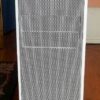
This is the second of a multi-part review of my first computer build. The computer parts are still sitting in my room, so it hasn’t been put together yet. However, I will review based on features, then write a follow up once the whole system has been built.
Once again, this is an affiliate post in connection with my Amazon Associates account. The disclaimer is on my blog’s Privacy Policy page.
I started browsing Amazon for hours for an attractive computer case. Among the cases were thin cases, cube shaped, and traditional towers. I also needed a low cost solution since I’m on a budget. After browsing back and forth between two cases, I was drawn to this one: The Bitfenix Neos. Upon first glance, the case reminded me of the silver Apple Power Mac computers (and their cases) that were around in the mid 2000s–the ones with the handles. However, this one is white instead of silver. The Bitfenix Neos, in my opinion, is a very attractive case. I bought the one with a window on the side.
The Box
The case arrived in a cardboard box with the case’s specifications on the outside. Dimensions, compatible motherboard sizes, case colors and material, among other things are listed on the front. Images of what the case looks like inside are on the box side. We will see the real thing soon.
Inside the box and case are the installation guide, several screws and a backplate. I had to unscrew the windowed side door to get to these.
The Case
Front
Below is the front of the case. To me, its simplicity is what makes it beautiful. As you can see, the front face features a mesh pattern for very good airflow. Behind the removable front panel is a foam material to keep dust out and to deaden sound from inside. You are not limited to white, either. The Neos comes in many colors.
Top
In the close up of the top, you can see the included top ports. The power and reset buttons are all the way to the left, followed by microphone and headphone inputs. The the right of those inputs are USB 2.0 and 3.0 ports.
Side
The next view is the side window. I left the cellophane protective covering on. The window shows off your handy work of cable management and which components you are using. Some people opt for installing an LED lighting package inside to light the computer case up at night.
Back
In the back of the case, there is room for seven PCI slots and there is a cover piece that hides the back of those peripherals. In the top right is the case’s built in fan and openings for water cooling system hoses. The power supply is placed at the bottom, reducing top heaviness.
Opening the Case, etc.
The side panels can be removed by simply unscrewing the large top and bottom screws in the back. Inside the case are the many connections to the motherboard, including the power and reset buttons. To the right are, from top to bottom, three 5.25″ drive bays, four 2.5″ drive bays and three 3.5″ drive bays. The drive bays are tool-free designs.
For the 5.25″, you can unlock the drive lock (pictured in the upper right) by turning the lock counter-clockwise, remove the drive cover from the front panel, slide the drive in, and turn the lock clockwise to lock in place. 2.5″ drives can be installed by removing the hard disk tray and screwing the drive in on the sides. 3.5″ hard drives install easiest, as shown in the drive tray picture below. Just simply remove the drive tray and pull out each side (named rails). Place the hard drive in and close the rails. Place the tray and HD back inside the case. Easy Peasy. Details are in the instruction booklet.
Removing the front panel took some oomph. Beneath the front cover is space to install two more fans. Just remove the fan dust filter by pulling in the corner tabs and lifting up. Also pictured is the feet that lift the case up from the floor–another extra to keep your case cool and noise free. Not pictured is the removable dust filter right beneath the power supply, allowing you to clean dust by removing, cleaning and replacing.
Conclusion
By this point, I bought most of the components I need. I am very happy with this case and its design from an aesthetic and usability perspective. Of course, I will know more upon installing all of the components into this case. Right now, (July, 2016) the cost for the Bitfenix Neos windowed case is a little above $63 USD at Amazon.
Trackbacks and Pingbacks
Trackback URL for this post: https://www.jasong-designs.com/2016/07/29/my-first-computer-build-part-2-the-case/trackback/
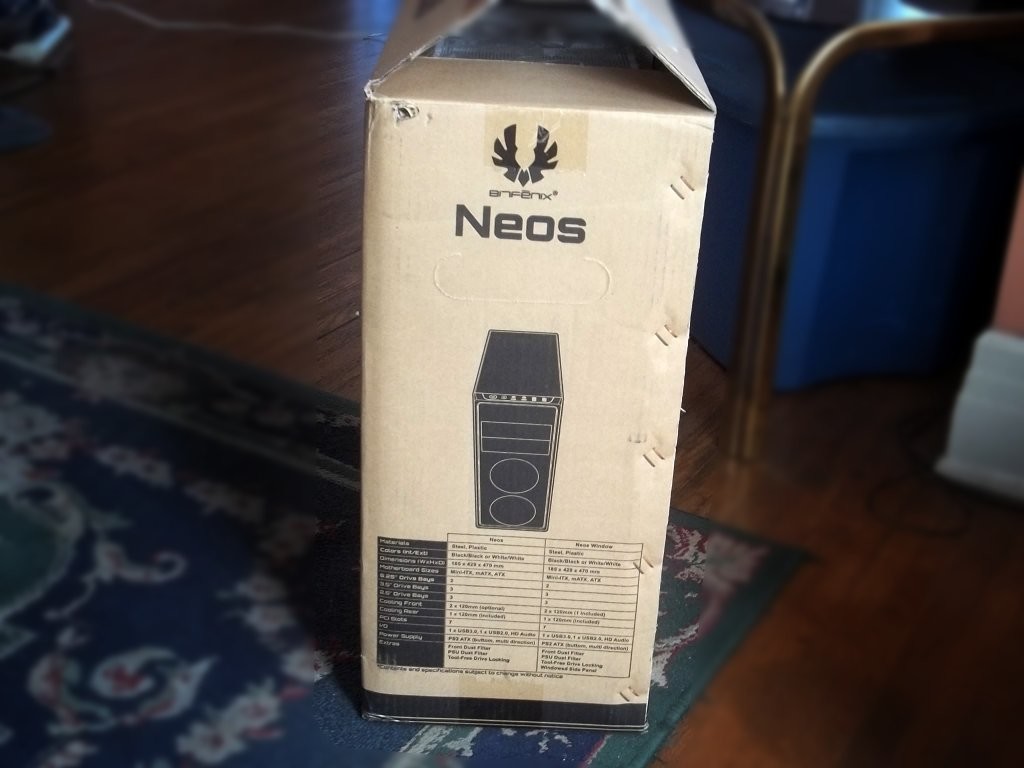
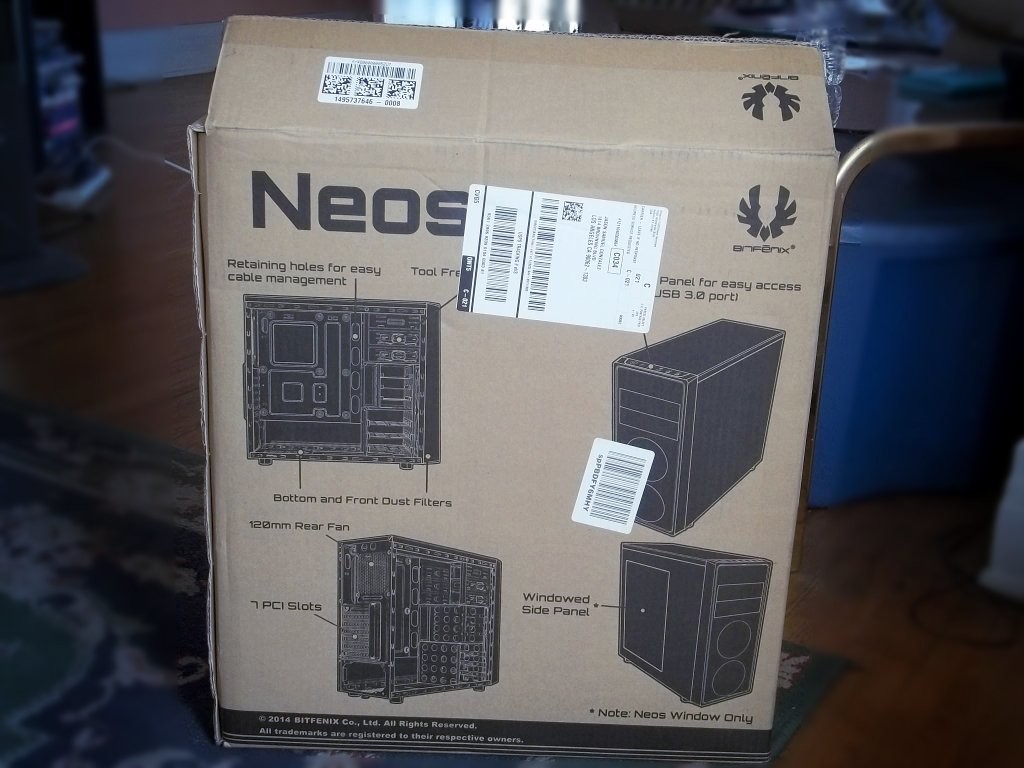
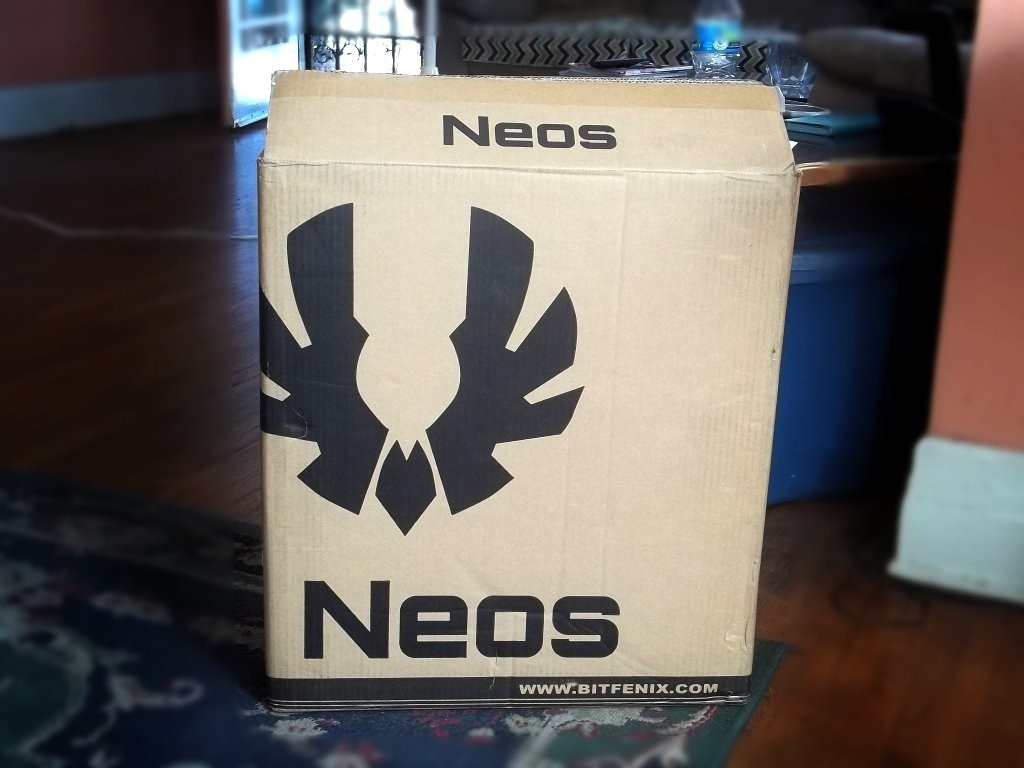
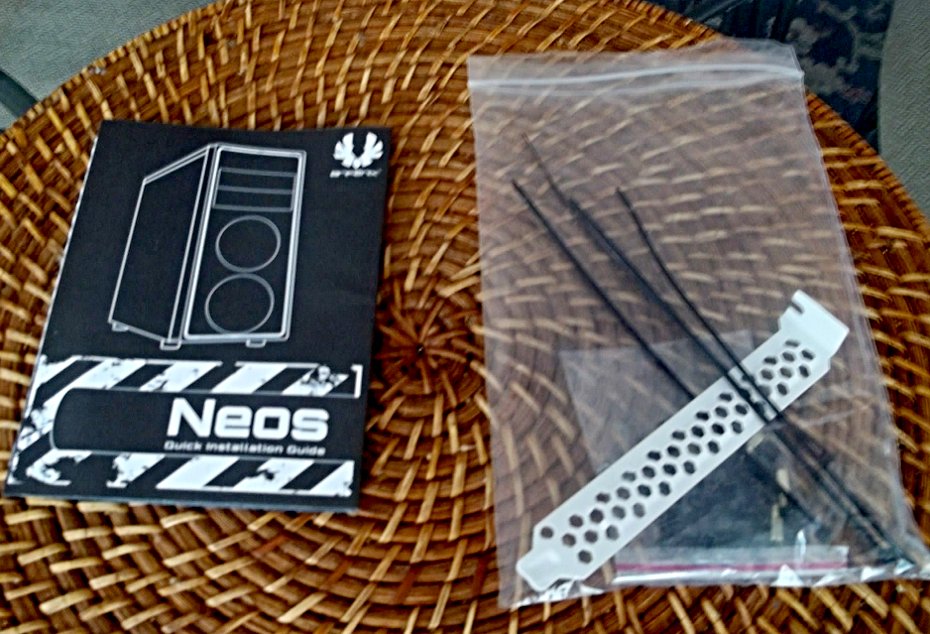
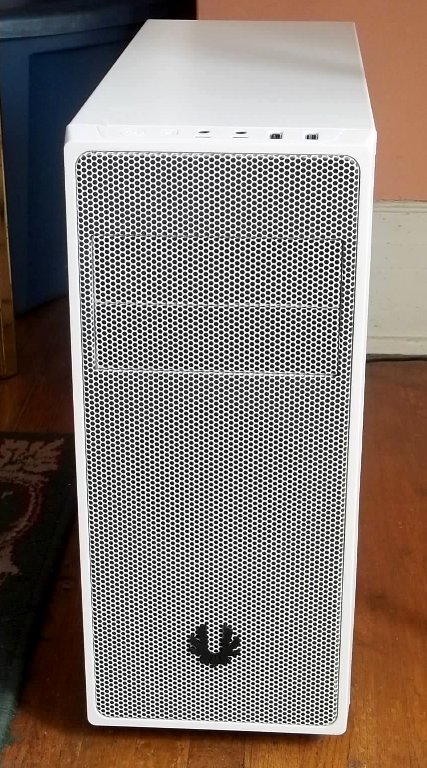
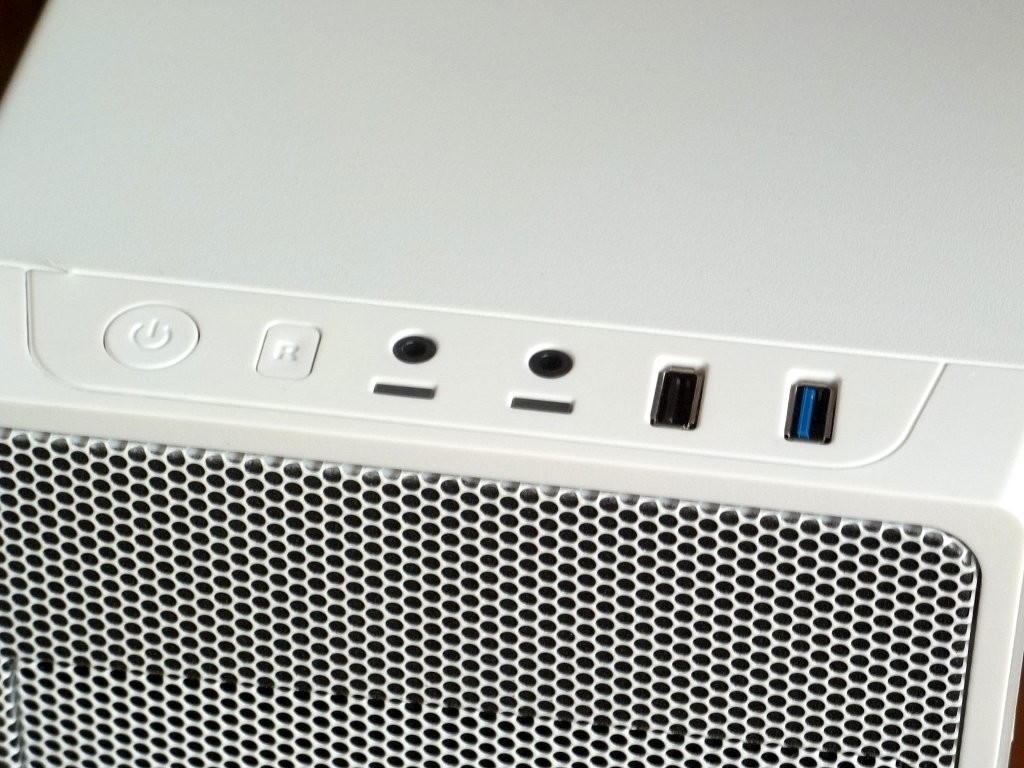
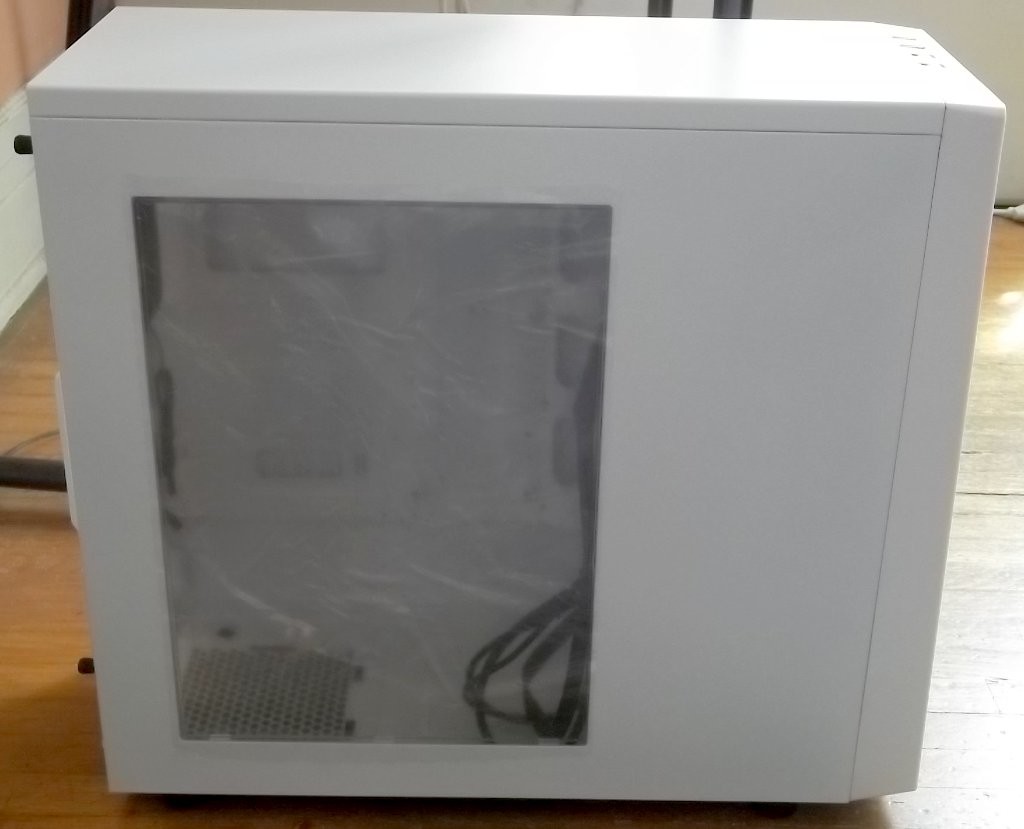
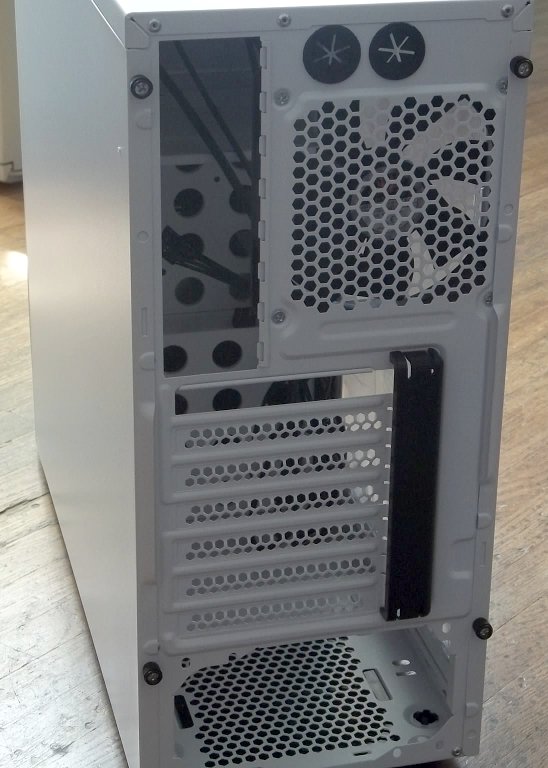
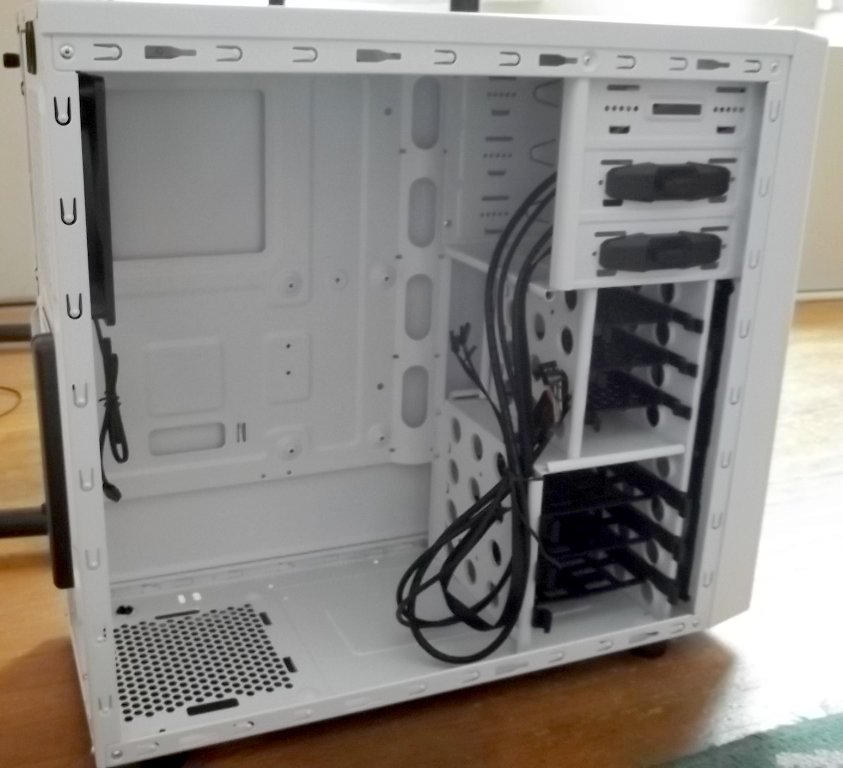
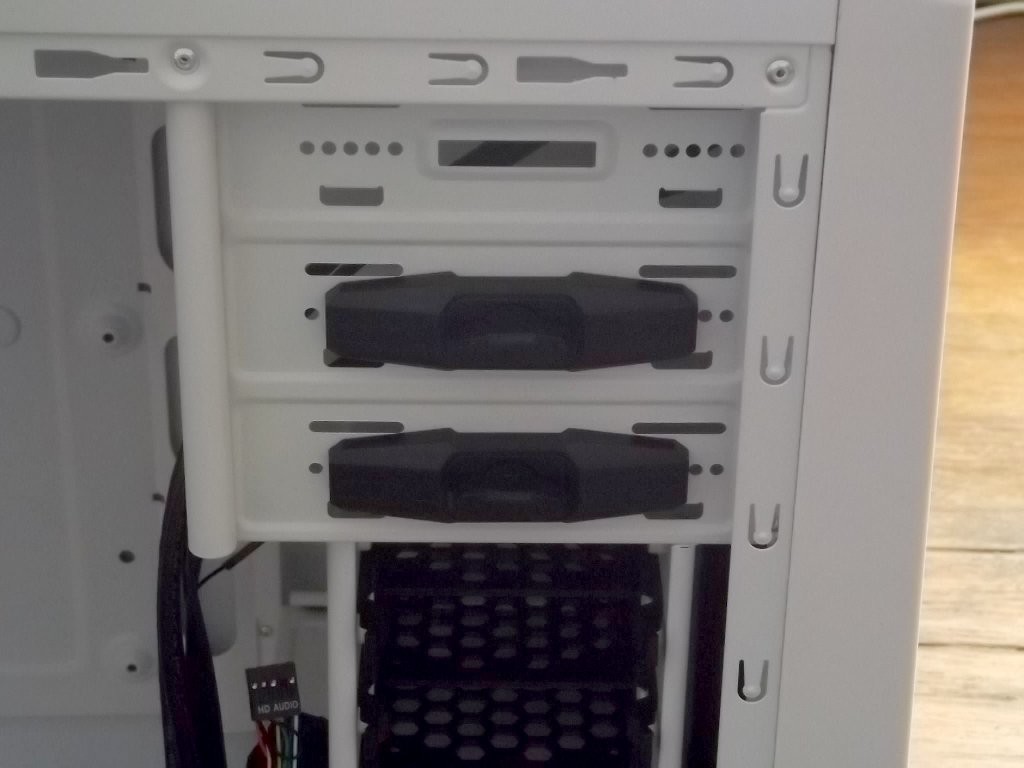
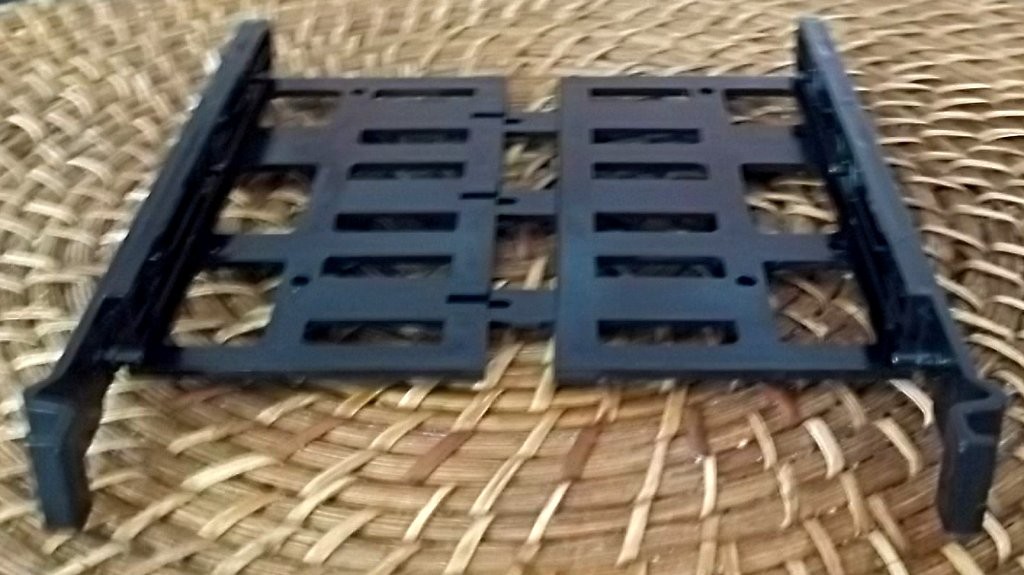
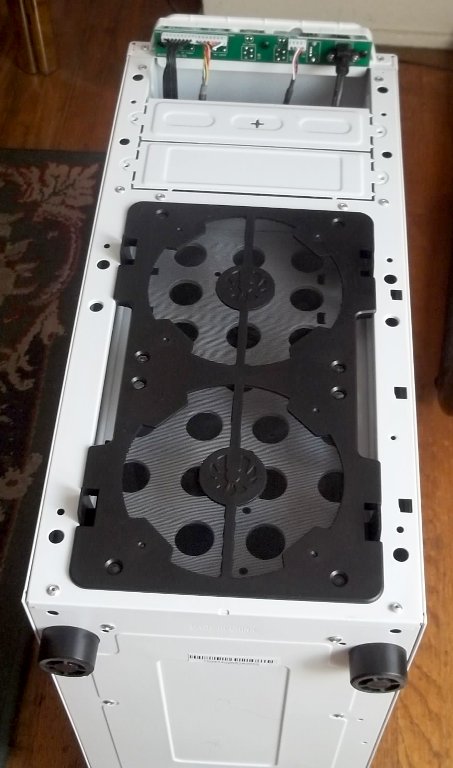
[…] Next post in this series: My First Computer Build Part 2- The Case. […]